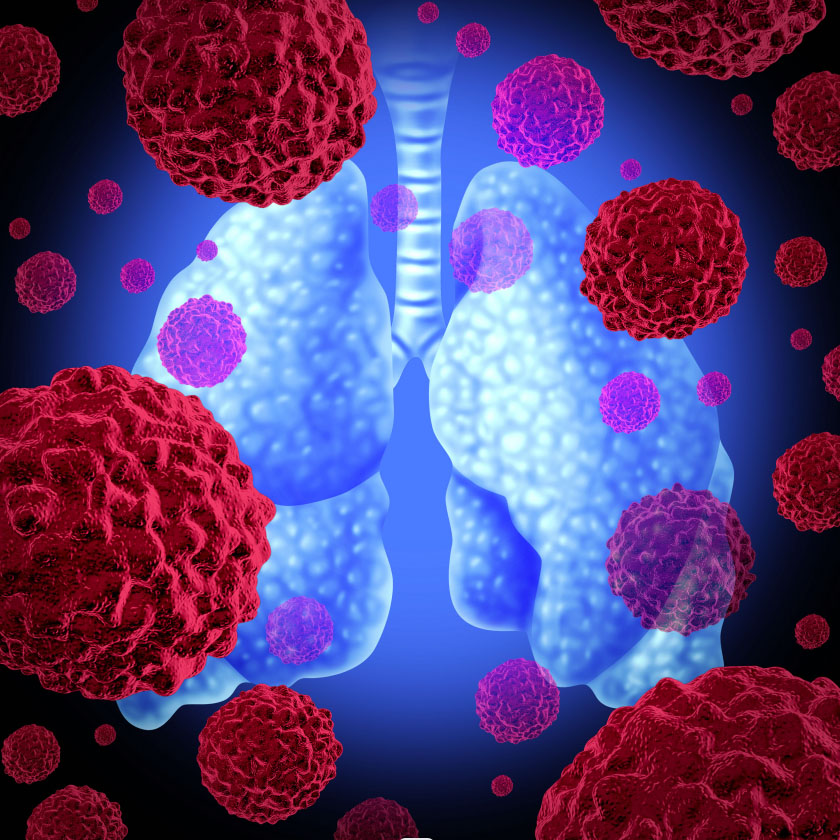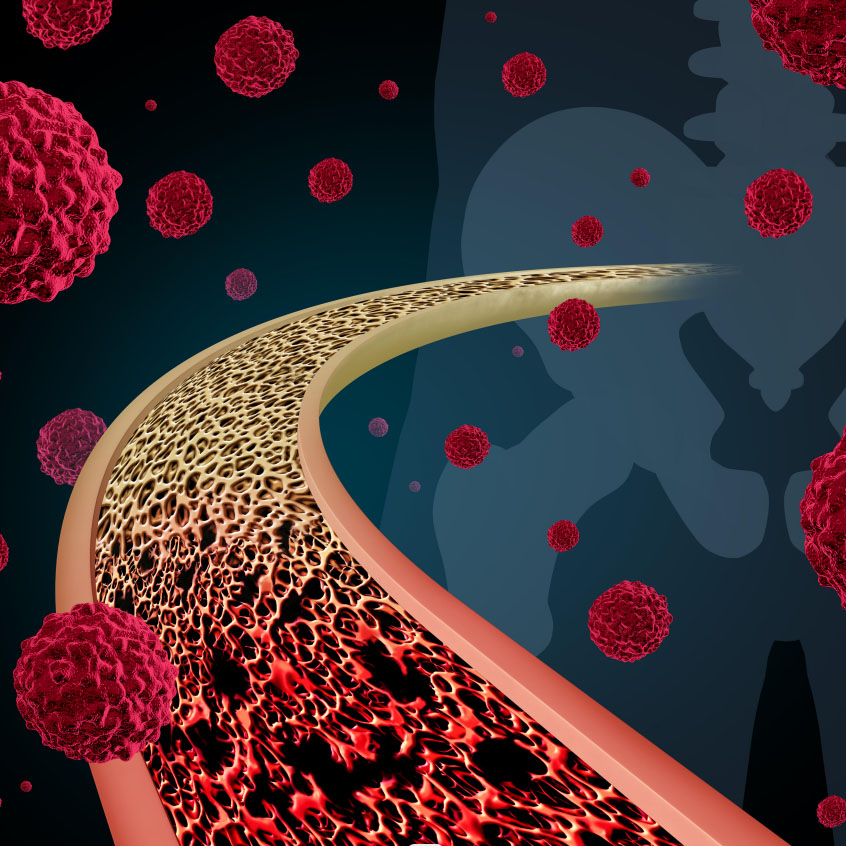An analysis of data from the Veterans Health Administration provides insight into disparities in the rates of endoscopy or colonoscopy among patients with iron deficiency anemia or hematochezia.
Joshua Demby, PhD, MPH Credit: X.Com Treatments

New research is providing a snapshot of pitfalls in screening practices for colorectal cancer among patients with iron deficiency anemia and/or hematochezia in real-world settings.
Despite knowledge of their association with an increased likelihood of early age-onset colorectal cancer, results from the study suggest sex- and race-based disparities persist in diagnostic testing among patients receiving care in the Veterans Health Administration database during a 20-year period spanning 1999 through 2019.1
“This cohort study found that the rates of diagnostic testing with endoscopy among veterans aged 18 to 49 years with [iron deficiency anemia] and/or hematochezia are low and vary significantly across demographic groups,” wrote investigators.1 “Black veterans with[iron deficiency anemia] and Hispanic veterans with IDA and/or hematochezia were less likely than White veterans to receive diagnostic testing for [early age–onset colorectal cancer]. Furthermore, women with[iron deficiency anemia] were less likely than men to receive diagnostic testing.”
Recognized as the second leading cause of cancer-related deaths in the US, a new emphasis has been placed on early diagnosis and intervention of colorectal cancer, particularly among male patients. Acknowledging the increased risk of early age-onset colorectal cancer, which is defined as colorectal cancer in adults younger than 50 years of age, associated with a diagnosis of iron deficiency anemia or hematochezia, the current study was launched to identify and define gaps in screening practices among patients with either of these conditions.1,2
With this in mind, a team led by Joshua Demb, PhD, MPH, of the Division of Gastroenterology in the Department of Internal Medicine, University of California, San Diego, designed their research endeavor as an analysis of data from a cohort identified from a search of Veterans Health Administration data for patients receiving care between October 1, 1999 and December 31, 2019. For inclusion in the study, patients needed to be aged 18 to 49 years and have a diagnosis of iron deficiency anemia or hematochezia.1
Overall, investigators identified 59,169 patients with iron deficiency anemia and 189,185 patients with hematochezia for inclusion. The iron deficiency anemia cohort had a mean age of 40.7 (Standard deviation [SD], 7.1) years and 51.6% were men. The hematochezia cohort had a mean age of 39.4 (SD, 7.6) years and 86.5% were men. Of note, 2287 patients had both iron deficiency anemia and hematochezia. This cohort had a mean age of 41.6 (SD, 6.9) years and 81.2% were men.1
The primary outcome of interest for the study were rates of bidirectional endoscopy after a diagnosis of iron deficiency anemia and colonoscopy or sigmoidoscopy after a diagnosis of hematochezia. Investigators pointed out associations between diagnostic testing factors and diagnostic test completion were estimated using Poisson regression models.1
Upon analysis, results indicated the cumulative 2-year diagnostic workup completion rate was 22% (95% Confidence Interval [CI], 22%-22%) among those with iron deficiency anemia and 40% (95% CI, 40%-40%) among those with hematochezia. Further analysis suggested women with iron deficiency anemia (had a lower likelihood of diagnostic test completion compared with their male counterparts rate ratio [RR], 0.42; 95% CI, 0.40-0.43) and Black (RR, 0.65; 95% CI, 0.62-0.68) as well as Hispanic (RR, 0.88; 95% CI, 0.82-0.94) individuals were less likely to receive diagnostic testing compared with their non-Hispanic White counterparts.1
Additional analysis among those with hematochezia revealed those aged 30 to 49 years were more likely to receive diagnostic testing than adults younger than 30 years of age (age 30-39 years: RR, 1.15; 95% CI, 1.12-1.18; age 40-49 years: RR, 1.36; 95% CI, 1.33-1.40). Investigators also pointed out Hispanic individuals with hematochezia were less likely to receive diagnostic testing compared to their non-Hispanic White counterparts (RR, 0.96; 95% CI, 0.93-0.98).1
“Optimizing diagnostic test completion among individuals with [iron deficiency anemia] and/or hematochezia may help improve early detection of [early age–onset colorectal cancer] and contribute to reducing [early age–onset colorectal cancer]-related disparities,” investigators added.1
KINGFISHER: Brolucizumab Demonstrates Noninferiority to Aflibercept in DME Treatment
New Insight: A Look at OPT-302/Sozinibercept with Megan Baldwin, PhD
Wristband, Coaching Program Improves QoL in Patients with Fibromyalgia
New Insight: A Recap of ASRS 2023
Patients with RA, Long COVID Significantly More Likely to Have Concomitant Fibromyalgia
Multicountry Study Provides Insight into Effectiveness, Safety of Etanercept Biosimilars in Rheumatic Disease
KINGFISHER: Brolucizumab Demonstrates Noninferiority to Aflibercept in DME Treatment
New Insight: A Look at OPT-302/Sozinibercept with Megan Baldwin, PhD
Wristband, Coaching Program Improves QoL in Patients with Fibromyalgia
New Insight: A Recap of ASRS 2023
Patients with RA, Long COVID Significantly More Likely to Have Concomitant Fibromyalgia

Digestive Tract Cancer Multicountry Study Provides Insight into Effectiveness, Safety of Etanercept Biosimilars in Rheumatic Disease